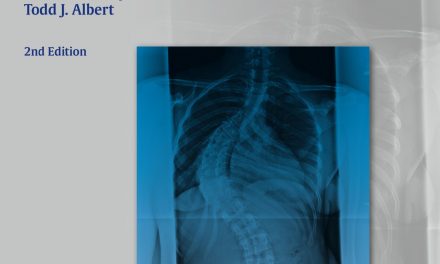Editors: Khalid W. Bibi, PhD and Michael G. Niederpruem, MS
Publisher: Wolters Kluwer-Lippincott, Williams & Wilkins – 308 pages
Book Review by: Nano Khilnani
This book is for individuals who want to take and pass the ACSM ‘s Health Fitness or the Clinical Comprehensive certification examinations.
It contains 12 chapters within its 300-plus pages, one each on the following areas: anatomy and biomechanics; exercise physiology; human development and aging; pathophysiology and risk factors; human behavior and psychosocial assessment; health appraisal and fitness training; safety, injury prevention and emergency care; exercise programming; nutrition and weight management; program and administration, and management; metabolic calculations; and electrocardiography
At the end of each chapter is a Review Test. This test is multiple choice, and you are asked to select the best single answer among four choices given to you. Typically there are 20 to 30 questions. Following these questions is the section entitled Answers and Explanations, wherein you not only discover the correct answer but an explanation as to why that is the correct answer.
The organization of each chapter, just as the book itself, follows a simple pattern. There are headings under which there are topics. Under those are sub-topics and sometimes, under those are sub sub-topics. A lot of material is organized in list form in alphabetical or numerical order. The discussions of terms are short and to the point, making for easy absorption of facts, rapid retention and easy review.
For example, the first question in the Review Test in Chapter 1:
“The maintenance of an open airway during esophageal distention is provided by what structure?
(A) Trachea
(B) Pharynx
(C) Larynx
(D) Epiglottis
What is the correct answer? The correct answer is (A) Trachea. The explanation: the C-shaped cartilages of the trachea provide a certain rigidity to support the trachea and maintain an open airway so that collapse does not occur.”
This book generously provides a large number of detailed and precise drawings of body parts and their features that aids you in learning, understanding and retaining material in your head.
For example, on page 12 which has a drawing of male facing away from you, you are able to see sketched in that full-length figure, many different kinds of muscles. As a matter of fact, there are 42 different types of muscles in that figure, from the abductor pollicis longus muscles near the wrist to the triceps brachii muscles at the back of the upper arm.
There are two types of certification exams given by the ACSM. One is the Health and Fitness exam and the other is the Clinical Comprehensive exam. In Appendix A and Appendix B, you are respectively provided with 100 questions for each type of exam, followed by answers and explanations as to why those answers are the correct ones.
The two editors of this book – Khalid W. Bibi, PhD and Michael G. Niederpruem, MS – have compiled the material for this study guide and organized them very well. There were more than 30 experts in their respective fields who either wrote the chapters or provided some material.
Dr. Bibi is a professor and chairman of the department of sports medicine in the Graduate School of Education at Canisius College in Buffalo, New York. Michael is vice president of certification at the American Health Information Management Association in Chicago.





